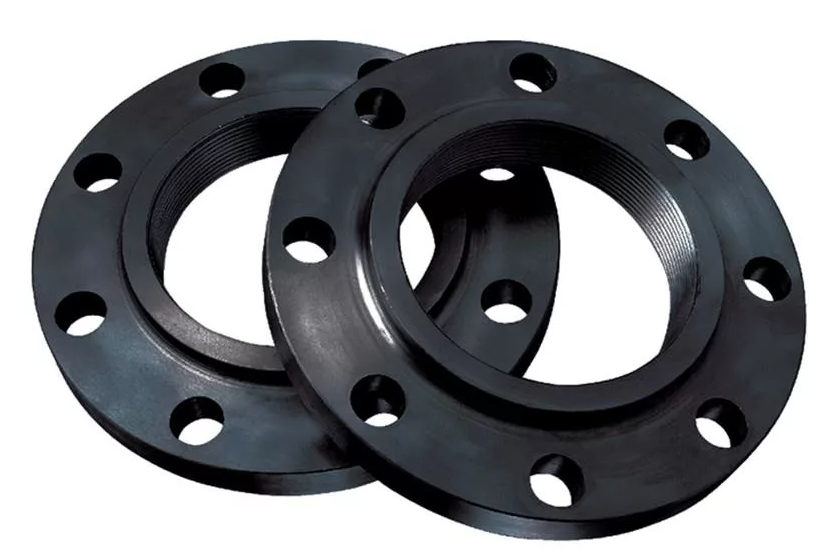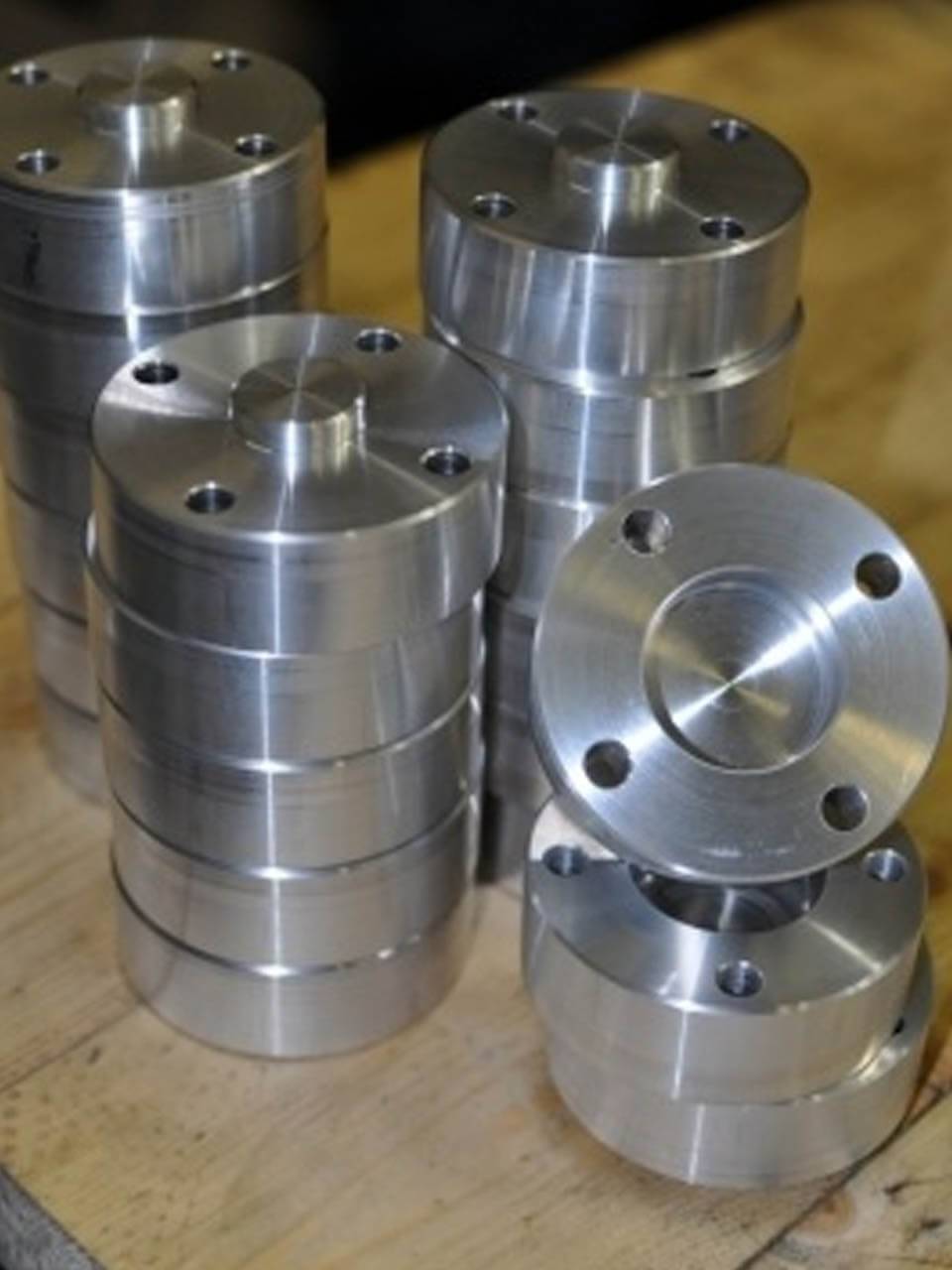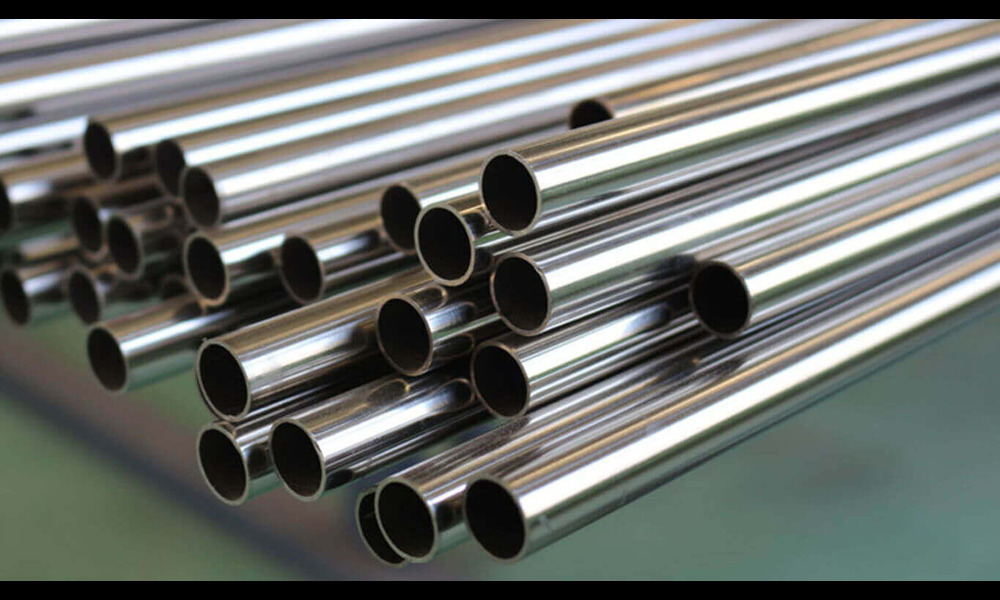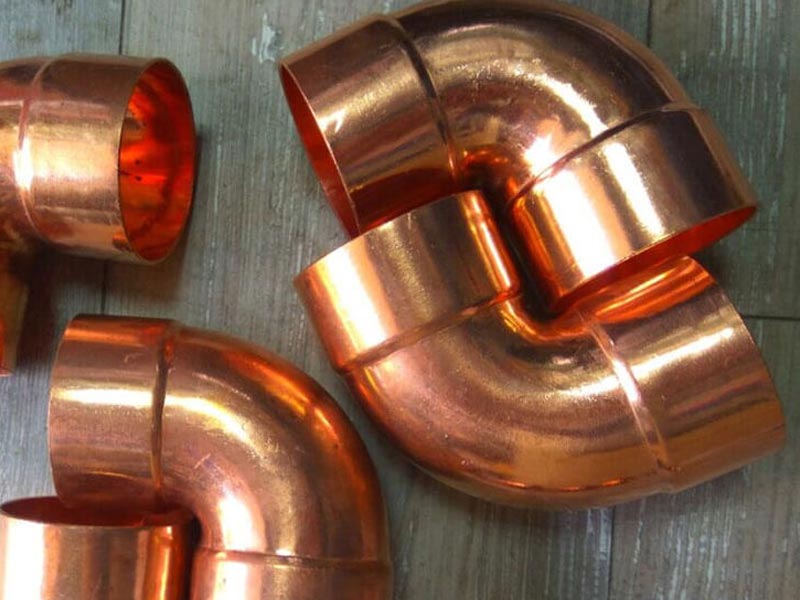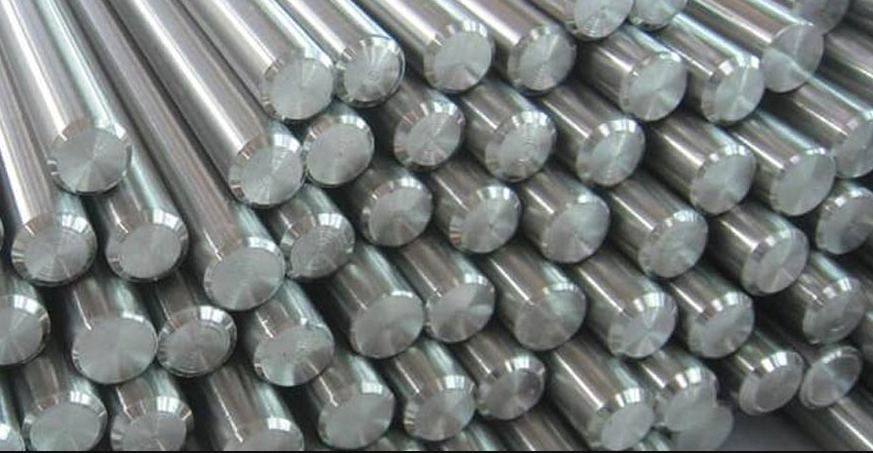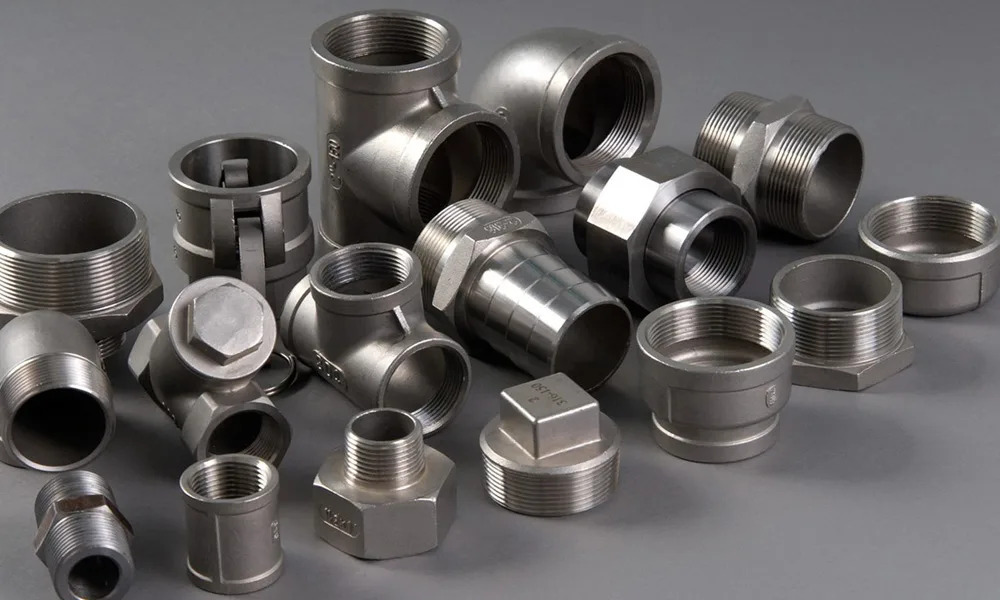If you are looking for a long-radius bend, one of the best options is to go with 304 SS. This material is extremely durable and can be used in many different ways. 304 SS Long Radius Bends is also a popular choice for pipes and other plumbing equipment and is often used in places that require the pipe to be bent over a large surface area.
SS304 Long Bends are Versatile
Stainless steel is a versatile material used in a wide variety of applications. Also, it offers excellent corrosion resistance and low maintenance. The alloy has a high strength-to-weight ratio, which makes it useful for many industrial components. In addition to its strength and corrosion resistance, stainless steel is extremely durable. This alloy resists pitting attacks in chloride solutions. 304 SS Long Radius Bends is also very resistant to oxidation and high temperature. It can withstand temperatures as high as 1150 degrees C.
Stainless steel bends can be classified into three basic types. These are austenitic, ferritic, and martensitic. Each has its unique properties, which make it suitable for different applications.
These long-radius bends are used in numerous applications, such as cookware, architecture, and medical equipment. However, it has its limitations. Besides corrosiveness and discoloration, SS long bend has a relatively low magnetic permeability.
One of the most Prevalent Grades is 304 Stainless Steel
304 stainless steel is one of the most common grades used for long-radius bends. It is a non-magnetic alloy that provides a high level of heat resistance. This property is useful for many applications, including machining, medical, and aerospace components.
Stainless steel is available in various grades, from the most basic to the most durable. Grades are based on the composition of the alloy, as well as its temperature and corrosion resistance. Some of the most popular grades are 304, 316, and 430.
304 and 316 are similar in corrosion resistance, but 316 is more resistant to chlorides. Because of this, it is recommended for environments with seawater and chlorides. However, 316 is slightly more expensive than 304.
Manufacturing SS Long Radius Bends
It is not as easy as it sounds, like bending stainless steel tubing. There are various factors to consider in the process, including the size of the tube, the shape of the bend, and the degree of the bend. Bending stainless steel, especially grade 304, requires considerable energy. The force required largely depends on the material’s flexibility and strength. Some materials are more ductile than others, making them suitable for narrower and flatter bends.
As a result, some manufacturers use a method known as hot bending to produce smaller radii. However, this technique requires more energy and produces a poorer finish. Another approach to achieving the bending capabilities of a 304 SS tube is to make multiple radii bends. This method is more effective than a single-bending operation.
304 SS Long Radius Bends are Corrosion Resistant
304 stainless steel is a type of stainless steel that contains at least 18% chromium and 8% nickel. It is also known as “18/8 stainless steel” and is considered one of the most versatile and widely used types of stainless steel. One of the properties that make 304 stainless steel long bend useful is its resistance to atmospheric corrosion. This feature makes it less likely to rust or corrode when exposed to outdoor elements such as humidity and temperature changes. This makes 304 SS ideal for use in outdoor and marine applications.


